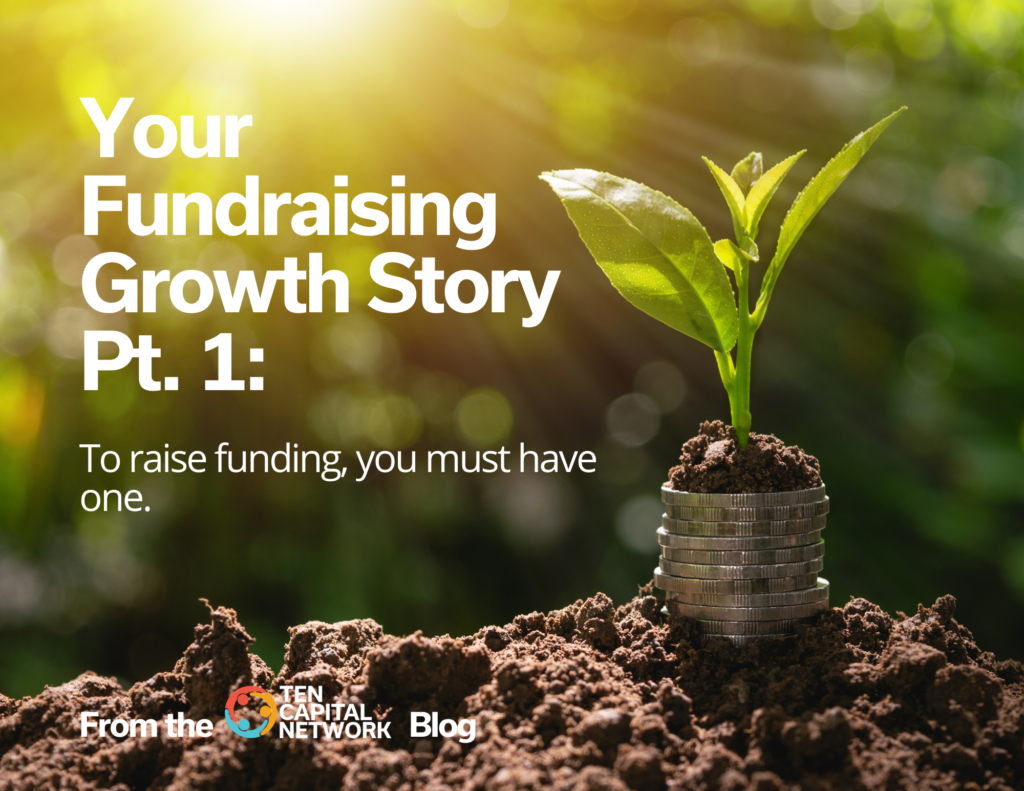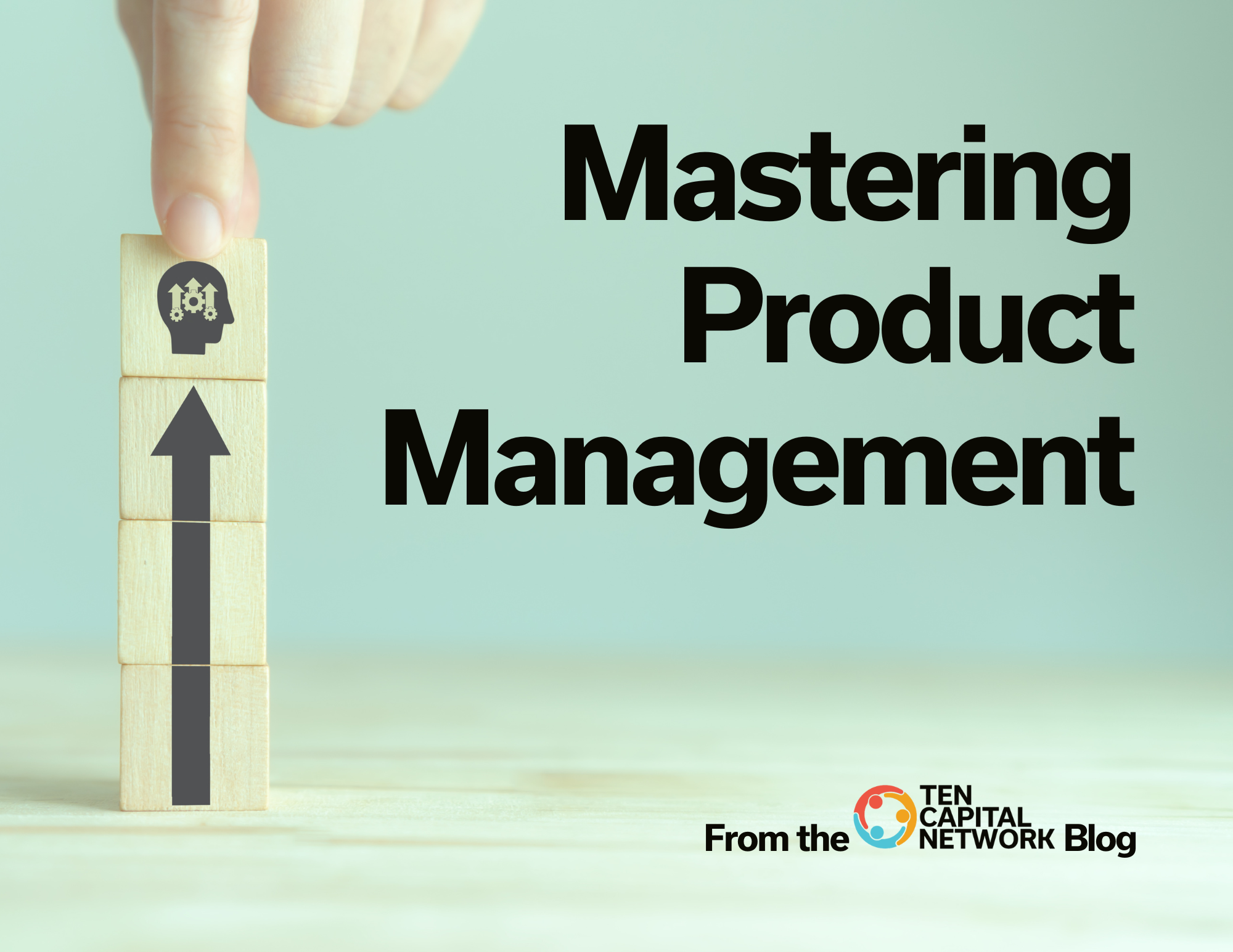2 min read Your Fundraising Growth Story Pt. 1: To raise funding, you must have one.
Many entrepreneurs approach me for funding for their startup. The biggest misconception most have is that they must first raise funding, and then they can launch and grow their business. In reality, the ones who raise funding already have a growth story and can communicate it effectively to the investors.
Investors funding startups seek market validation and product validation.
The product works, and people will pay for it. Some investors fund deals based solely on the team, the space, or the technology, but these are rare examples. Most are seeking what I call the “Growth Story.” They look for an operational revenue model in the business with increasing numbers on sales, team, product, and fundraise.
If you have substantial revenues, say $1M, then the investor assumes you have a growth story going at some level and will start looking for the growth story’s limits- how far will it go without funding and how much further it could go with funding. Later stage investors will look at the growth story to see how well you can scale it.
If you don’t have substantial revenue, you must validate the business model and use metrics to show how it works on the following levels:
- Activity: basic activity of the business, which includes leads, downloads, trials, etc.
- Unit economic metrics: the unit economic model, shows the cost of customer acquisition and revenue.
- Growth metrics: the user base and usage of the product is growing.
Most startups can show activity metrics, but alone it won’t engage the investor. Typically the activity metrics show several users and customer engagement, but since it’s not related to what drives the business, it doesn’t mean much.
But I’m pre-revenue!
If your company is pre-revenue, you can show how the business model is “profitable” just on the unit economics level. At the core, you can generate leads, qualify, and close them for revenue that exceeds the cost of acquiring the customer. Over time, you can improve these numbers. In the early days of a business, the revenue is not large. Most investors know that and don’t expect large revenue. What they look for is repeatable and predictable revenue. Showing unit economics at the core of what you are doing will generate interest.
The growth metrics show the number of users increasing and the use of the product increasing over time. Daily active or monthly active users should be going up and to the right. If the business has seasons or cycles, one can use six-month moving averages to show the growth rate’s slope.
Scott Adams once wrote, “Losers have goals. Winners have systems.”
A startup pitch deck filled with forecasts alone is just a set of goals. A startup pitch deck showing how the business model is currently working is a system. It’s best to show up with a pitch deck showing how your system is working today.
Read more: https://www.startupfundingespresso.com/education/

Hall T. Martin is the founder and CEO of the TEN Capital Network.TEN Capital has been connecting startups with investors for over ten years. You can connect with Hall about fundraising, business growth, and emerging technologies via LinkedIn or email: hallmartin@tencapital.group





